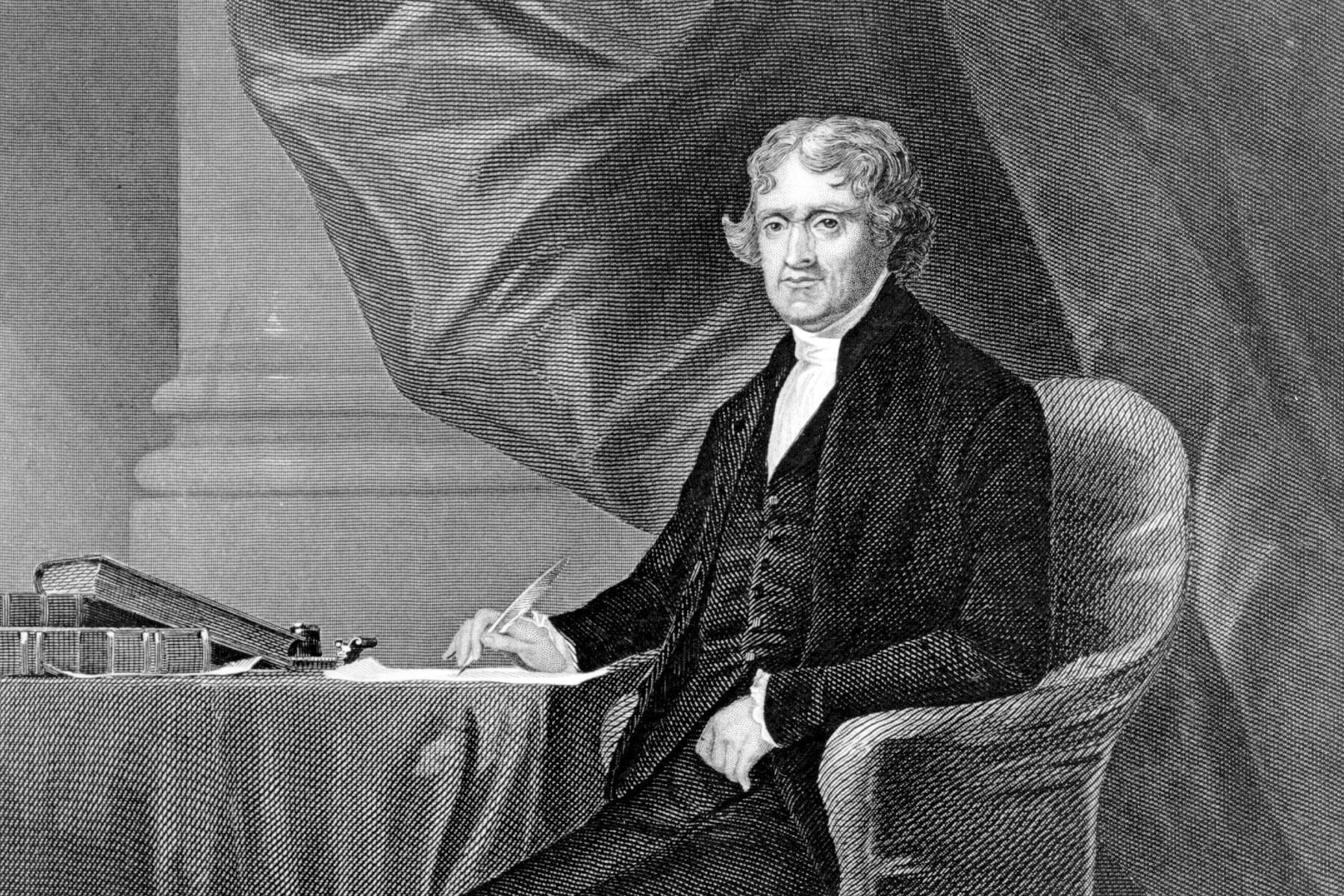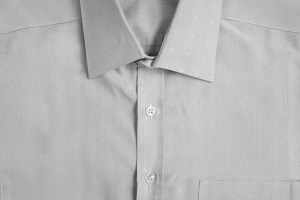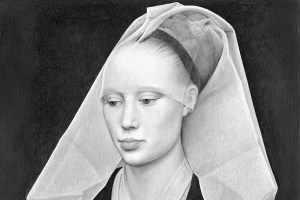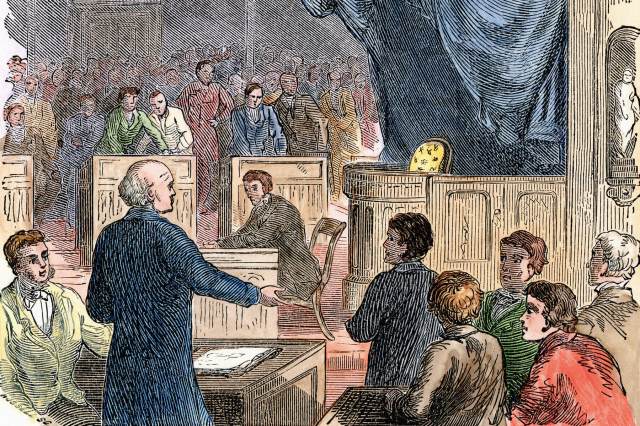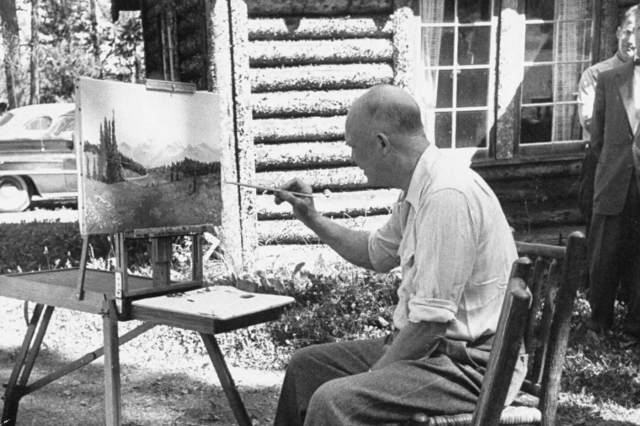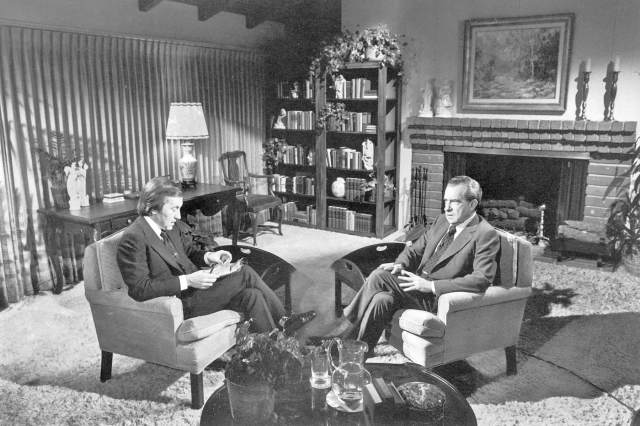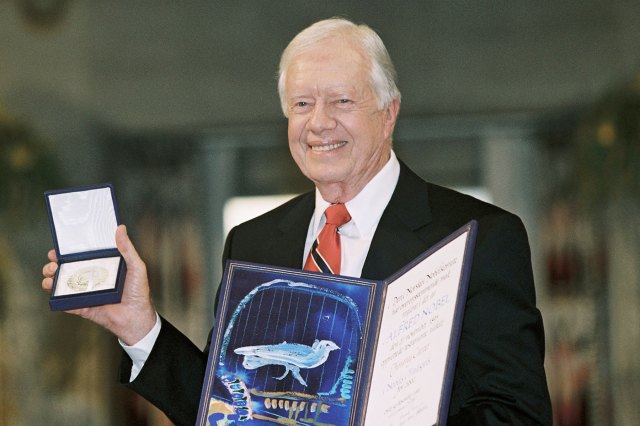What 7 U.S. Presidents Did After Their Presidency
John Quincy Adams is often quoted as saying, “There is nothing more pathetic in life than a former President.” It’s a slightly harsh assessment, but perhaps not devoid of truth. Being President is, after all, a hard act to follow. What do you do when you step down from one of the most high-profile jobs in the world?
Some former U.S. Presidents have welcomed the chance for a quiet retirement after the stress and strain of being commander in chief. Others have actively sought to remain in politics, reluctant to edge away from the limelight. And some have gone on to do things that few expected of them: George W. Bush became a painter; Bill Clinton won a Grammy for Best Spoken-Word Album for Children; and Barack Obama signed a deal with Netflix. Then there’s Grover Cleveland, who left the presidency in 1889 only to return for a second term a few years later — a feat that had not been repeated until 2025, when Donald Trump began his nonconsecutive second term.
Here are seven U.S. Presidents who went on to have particularly interesting post-presidency lives, variously involving whiskey production, epic epistolary output, and a perilous expedition to the Amazon jungle.
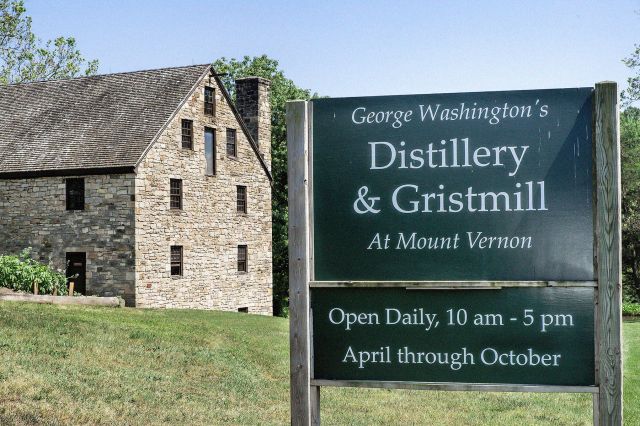
George Washington
Following the end of his presidency in 1797, George Washington retired to Mount Vernon, where he continued to receive a large number of visitors — in 1798 alone, the Washingtons hosted as many as 677 guests. In order to supplement his income, the founding father set up a whiskey distillery, despite having no prior experience in distilling alcohol. It wasn’t long before his business became one of the largest whiskey producers in America, operating five copper pot stills throughout the year. In 1799, Washington’s distillery produced nearly 11,000 gallons of liquor, which he sold to neighbors and in stores in Alexandria and Richmond. The distillery became one of Washington’s most profitable enterprises.





